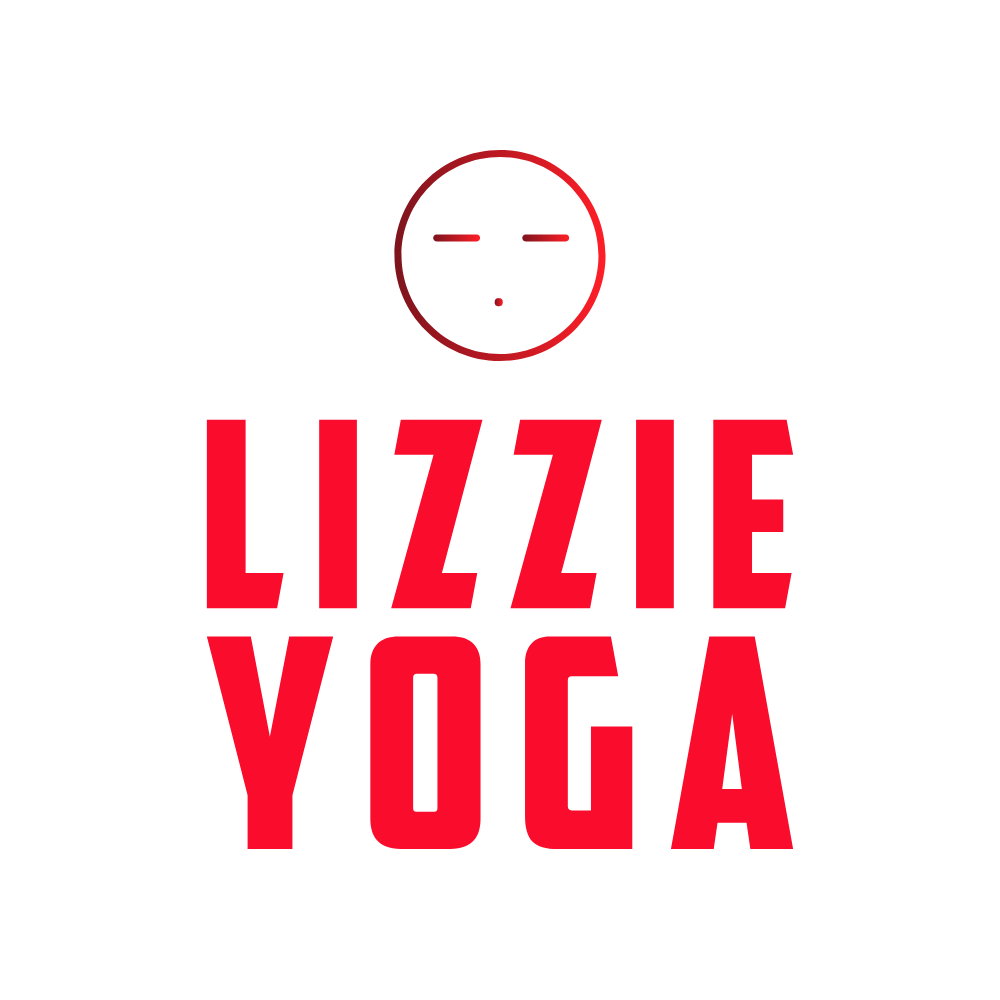yoga ALONE is not going to heal you
The title I chose may seem provocative, but it reflects my journey from a simple idea to a more layered understanding of yoga’s role in healing. Initially, (as usual) I felt compelled to write about yoga as the ultimate healing modality. But as I crafted my opening, I realised I wanted to move past the familiar narrative that yoga is the universal key to well-being—a concept that often feels like a health slogan rather than a nuanced truth.
Yes, yoga is transformative, but it’s not a cure-all. Attending a few yoga classes won’t magically resolve all of life’s struggles. What yoga can do, however, is create a space where we’re guided toward a deeper awareness, a place of personal truth that helps us make choices to support our own healing.
In her book, The Well Lived Life, the late Dr. Gladys McGarey—a wise and humble woman who lived to 103—wrote:
"The modalities don’t do the healing; they merely direct it. It’s not enough to talk about healing—we must live it, feel it in our bodies, and embody it."
Finding Our Own Path in Practice
We’re all complex individuals, and I believe true healing happens when we connect with our unique purpose in life. Health, vitality, and happiness emerge from how we perceive the world and relate to our bodies, minds, and surroundings. Each person has a unique set of physical, psychological and spiritual characteristics. Each person’s path will be different, and as a teacher, I remind myself that while a class’s intention might resonate with me, the yoga postures, sequences, and mantras won’t necessarily evoke the same thoughts, emotions, or actions for everyone.
Yoga isn’t one-size-fits-all; it’s about finding the aspects of the practice that fit into our own lives, like discovering just the right piece for our personal puzzle, or settling into the natural fold of a well-worn blanket. That is the essence of yoga.
Yoga as a Way to Rediscover life juice
Yoga can help us tap into our life force—our “chi,” “prana,” or as Dr. McGarey called it, our “life juice.” We often describe this energy in yoga, and the best metaphor I know is that of a flowing stream. A healthy stream moves freely, much like the balanced energy within us. But sometimes, obstacles—like a fallen tree—can create a dam, causing the water to slow, become blocked, or even stagnate. When this happens in our bodies, we might feel disconnected from our life force, weighed down or unsure how to relieve that heaviness.
In these moments, even small movements in our physical body can help break the stillness, starting to release the tension that hinders our energy flow. This analogy resonates with me because life itself thrives on movement; without it, tension builds, affecting our circulation, digestion, and nervous system. When we hold onto unexpressed emotions or stress, we compromise our body’s capacity to heal.
For me, reconnecting with my physical self has always been a way to ground myself. Over the years, I’ve learned that mindfulness and meditation can have an equal or even greater impact on restoring this vital flow. While yoga can be a path to reigniting this “life juice,” for some, another practice may provide that same spark. When you feel even a small stream of this energy flowing, take note—that feeling is worth returning to.
Yoga and the collective experience
Yoga fosters connection with the self, but it also carries a subtle, deeper connection to life. True happiness often arises when we tap into our inner energies and also contribute to a larger collective life source—the people around us. Even for introverts, yoga is powerful in its ability to foster human connection within a shared space, allowing us to focus inwardly while still drawing from the collective energy of the room. Life thrives on connection, nourished by our relationships to others and to the world around us.
To truly heal, we must nurture a healthy environment—the body—where the soul can flourish and fulfill its purpose. So, if you ever feel that yoga postures aren’t resonating, pause and consider how you might reshape the practice to align with your unique needs. There is power in recognising our own role in the healing process - it can bring a new sense of lightness and meaning to your experience. Remember, it’s about finding the approach that supports your journey, inviting a better relationship with self.
